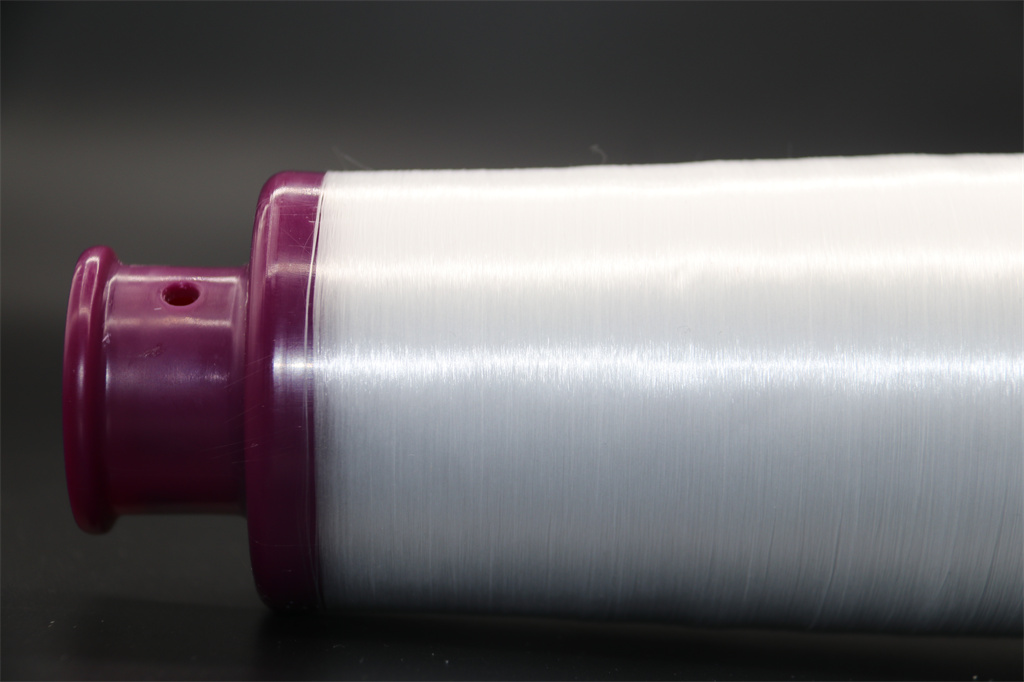
Quartz Fibers Made from Silicon Dioxide and Natural Quartz Crystals
2024-11-20 13:26
Introduction
Quartz fibers are an inorganic fiber made from high-purity quartz or natural crystals, with diameters typically ranging from several microns to tens of microns. They retain some characteristics and properties of solid quartz and are excellent materials for high-temperature resistance. Quartz fiberglass has an SiO2 mass fraction of over 99.9%. Its high-temperature performance is superior to that of high silica fibers, with a long-term use temperature reaching up to 1200℃ and a softening point as high as 1700℃. Additionally, it possesses high electrical insulation properties, burn resistance, thermal shock resistance, excellent dielectric properties, and good chemical stability. Consequently, quartz fibers play a significant role in military, national defense, aviation, and aerospace industries, used in manufacturing items such as rocket nozzles and aerospace thermal protection devices.

Preparation
The methods for producing quartz fibers include:
1. Melting quartz rods or tubes with a hydrogen-oxygen flame and then blowing them into fibers with a hydrogen-oxygen flame to produce quartz wool with a diameter of 0.7~1μm;
2. Forming short fibers and their felt sheets by melting quartz with a flame and using high-speed airflow;
3. Softening quartz filaments or rods at a constant speed through a hydrogen-oxygen flame or gas flame, and then rapidly drawing them into long fibers.

Related Research
Thermal Damage Mechanism of Quartz Fibers
Quartz fibers often operate in high-temperature environments. At high temperatures, quartz fibers tend to undergo thermal degradation, affecting their high-temperature performance. There is extensive research on the high-temperature phase changes of quartz materials, but few reports on the thermal damage mechanism of quartz fibers.

Researchers have studied the phase transformation under high-temperature conditions, the changes in surface microstructure, and their effects on mechanical properties of providing theoretical support for extending the lifespan of quartz glass fibers and broadening their application fields.
The results show that the decline in quartz fiber strength can be divided into two stages:
1. In the range below 600℃, due to the volatilization of the surface treatment agent of the quartz fibers, the diameter gradually decreases, and defects such as cracks, strip bulges, and scars gradually become apparent, leading to a slow decrease in the tensile strength of the quartz fibers;
2. In the range of 600~1000℃, the surface treatment agent has already volatilized completely. During the heating and cooling process, due to thermal stress, the strip bulges and scars begin to peel off, creating new surface cracks and defect sites. The higher the temperature, the more pronounced the peeling of strip bulges and scars, which is a major factor causing the reduction in strength of quartz fibers at this temperature range, resulting in a significant decrease in the strength of quartz fibers treated at 600~1000℃.

Surface Treatment of Quartz Fibers
Quartz fibers, being glass fibers with a high SiO2 content, exhibit excellent performance and are widely used in areas with special material requirements, such as biomedical catheters and exhaust gas treatment. In recent years, due to their outstanding mechanical and dielectric properties, they are increasingly used in aerospace and aviation fields, especially in high-temperature antenna hood systems. Currently, research on quartz fibers mainly focuses on their crystallization performance and surface coating modifications. Ceramic matrix composite materials for ultra-high Mach number antenna hoods often use continuous quartz fiber reinforcement. To maintain the bundleability of quartz fibers for weaving, an immersion agent must be added during the fiber production process. The main component of the immersion agent is organic matter. Ceramic matrix antenna hoods generally require vacuum or protective atmosphere high-temperature treatment to obtain the final product, thus the organic matter will carbonize, and the presence of free carbon can severely affect the dielectric properties of the antenna hood. Therefore, when preparing quartz fiber-reinforced ceramic matrix antenna hood materials, the surface immersion agent of the fiber must be removed while minimizing damage to the quartz fibers. However, there are no reports yet on how to remove the immersion agent, the changes in surface morphology and composition before and after removal, and the changes in performance.

Some researchers have investigated methods for removing the surface immersion agent of quartz fibers, conducting SEM and XPS analyses on quartz fibers treated by different means and comparing the changes in tensile strength before and after treatment. The results indicate that high-temperature heat treatment can more completely remove the surface immersion agent of and the strength of quartz fibers is sensitive to the heat treatment temperature.








